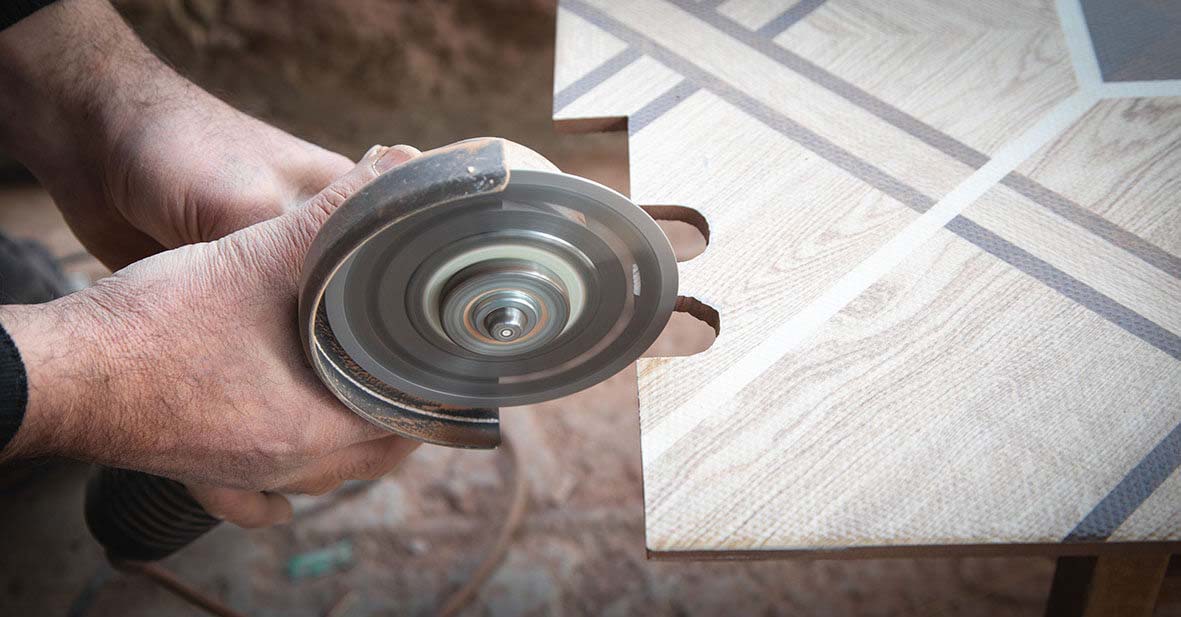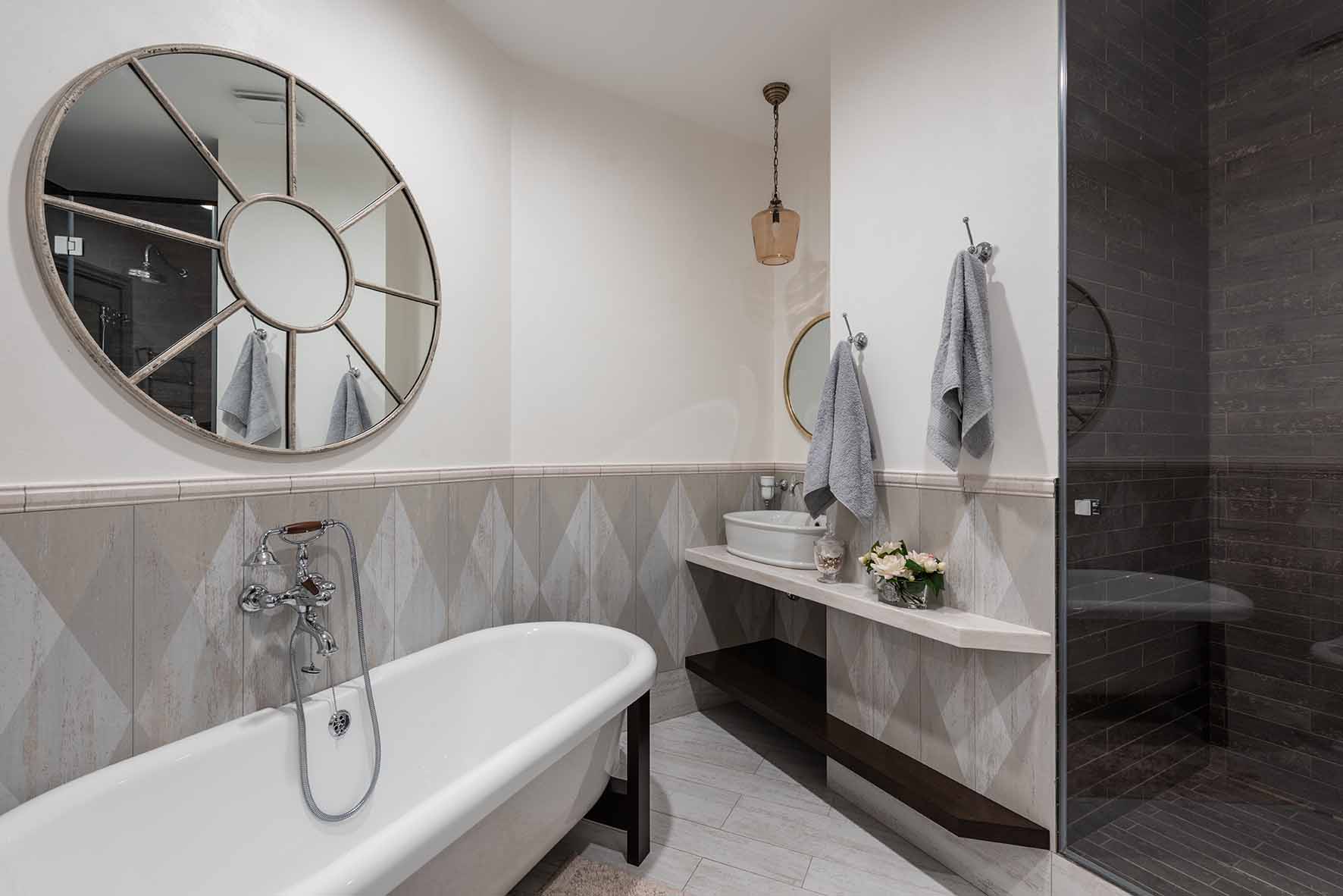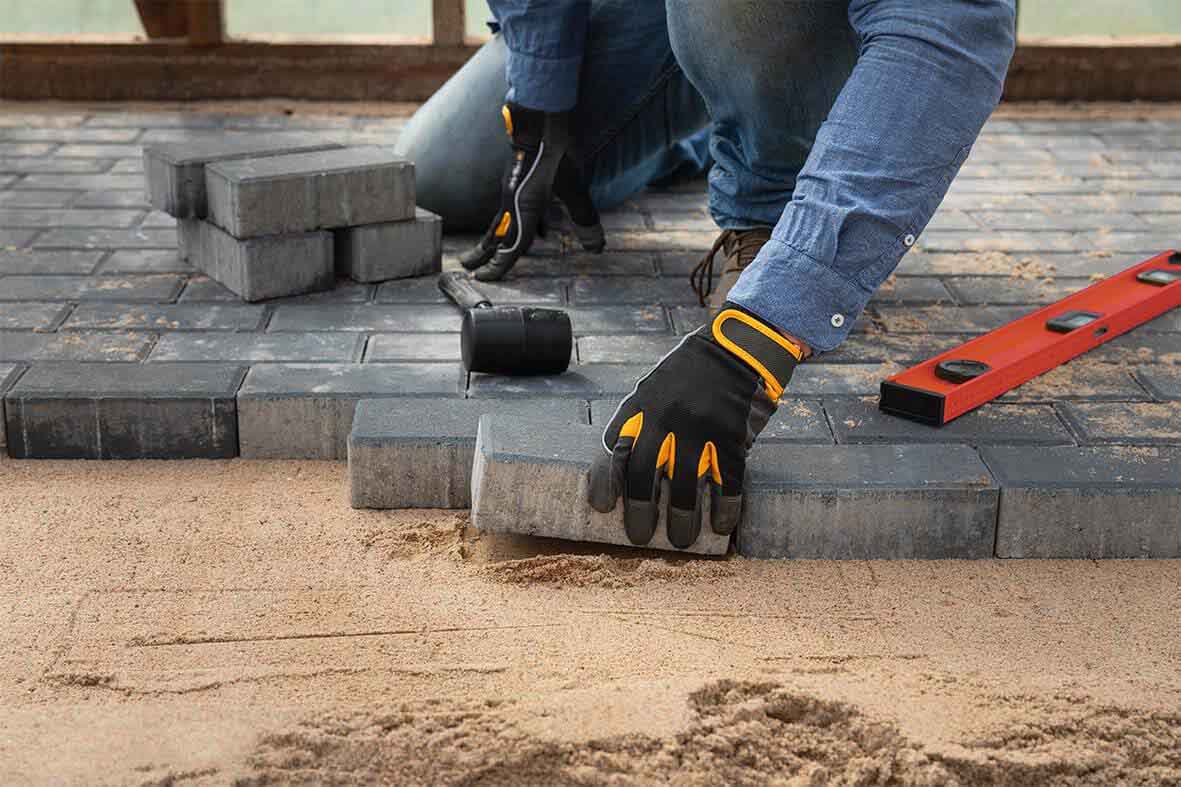Are you getting ready to learn how to tile your bathroom this summer? You’re in great company. Research shows tile sales made up 13% of the $23 billion US flooring industry market in 2019, falling behind only resilient flooring (e.g., vinyl and linoleum) and carpet. Tile is popular due to being durabl...
VIEW MORE
-
-
When we learn how to tile new trends, they are often based on older ones brought back in fashion. A clear example is the half tiled bathroom, which has been positioned as a great trend in the world of tiling. The industry has evolved a lot in recent years. Digitalisation and new forms of production have made tile...VIEW MORE
-
Welcome to "The Sub-base," a comprehensive guide to understanding the critical role of this element in outdoor paving projects. In this article, we will explore why the sub-base is the foundation for success and longevity in patio and road construction. John Roberts, a seasoned professional from Greentop Landscapes ...VIEW MORE
-
If you’re working in the landscaping sector, then knowing how to tile and lay porcelain paving slabs is hugely important. Pavestone UK LimitedFacebook Instagram Twitter Having an outdoor entertaining area is vital for those long summer nights with family and friends. Having a patio makes a garden much more...VIEW MORE
-
You may have learned how to tile because you dream of achieving or creating the perfect home for yourself, or your customers. The kitchen is undeniably the heart of a home, and kitchen tiles will often define how people remember your home. When it comes to enhancing the aesthetics and functionality of your kitche...VIEW MORE
-
Herringbone tile layout has a timeless elegance that can transform any space into a work of art. The intricate arrangement of interlocking rectangular tiles creates a visually stunning design that adds depth and sophistication to floors, walls, or backsplashes. Planning and executing a herringbone tile layout requir...VIEW MORE
-
You have probably heard the phrase rectified tile before, but you might not know exactly what it is. In this blog we will discuss what a rectified tile is, its characteristics and how to tile it. WHAT IS RECTIFIED TILE? The term rectified tile simply refers to a tile whose edges have been ground or sa...VIEW MORE
-
So, you think you know everything about how to tile kitchens, bathrooms, utility rooms, even outdoor patios. But do you know how to cut porcelain tile correctly? If you’re into DIY home improvement, you don’t want to find cracked or failed tile further down the line and end up having to pay more money to have it ...VIEW MORE
-
When you learn how to tile, keeping up with the changes in the industry is vital. Throughout these changes, the tools used when tiling can also change. One of the most commonly used tools for laying ceramic tiles nowadays is the notched trowel. Changes are common to keep up with the advancements in the i...VIEW MORE
-
Ceramic tiles are thin pieces made of clay, silica, dyes and other raw materials to make floors and wall tiles. The best-known types of ceramic tiles are stoneware tiles or porcelain stoneware. To know how to tile and install ceramic tiles correctly, we must know the material we are dealing with. There...VIEW MORE










